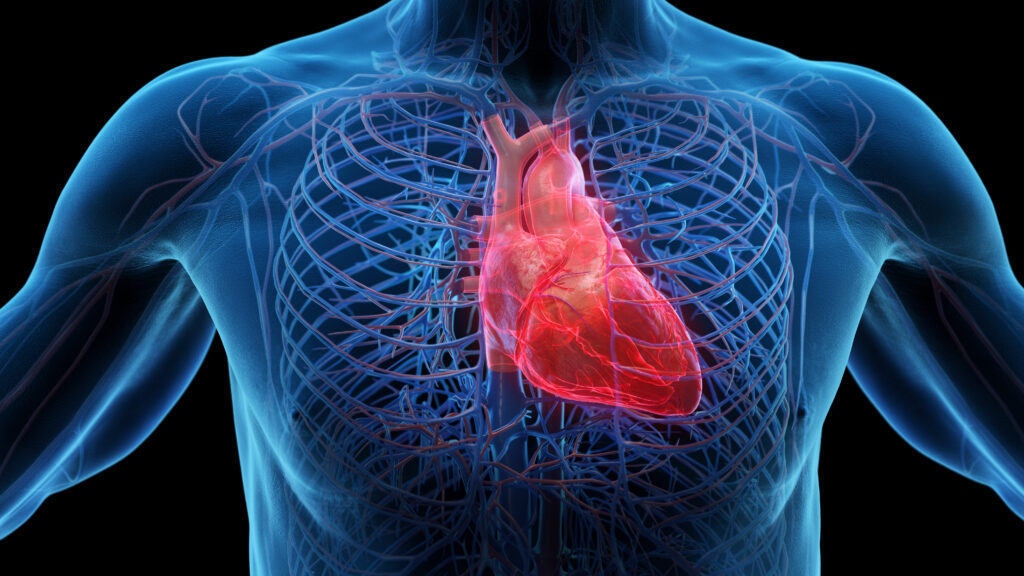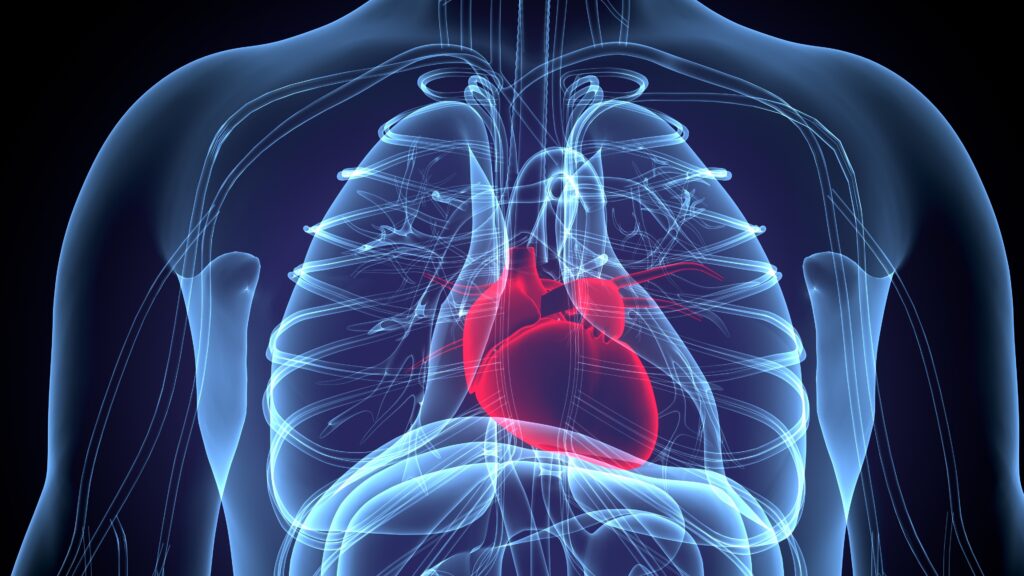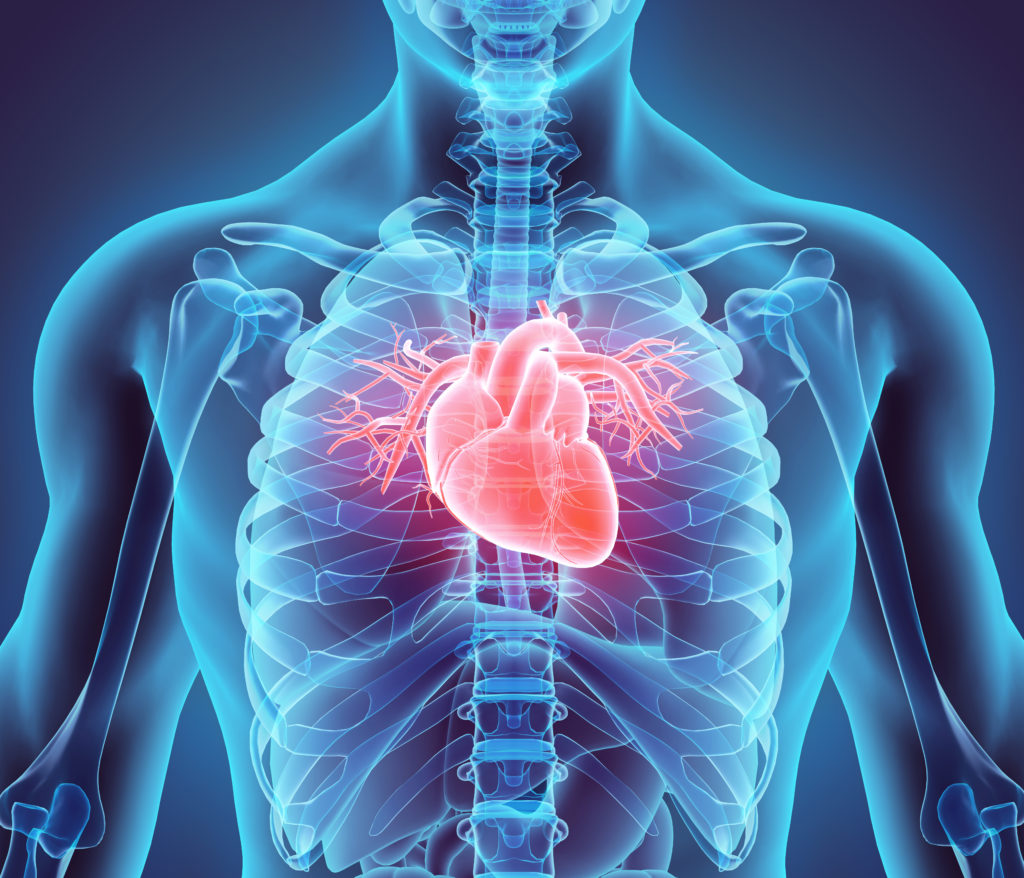Introduction: 24-hour Holter monitors are frequently used in order to investigate arrhythmias in settings where limited telemetry resources are available. However, they are time-consuming to analyse, and fail to alert medical personnel to emergent arrhythmias. Their diagnostic yield is uncertain. We investigated the use of inpatient 24-hour Holter monitors at Whipps Cross Hospital to determine their suitability, diagnostic yield and safety profile.
Methods: We performed a retrospective analysis of 150 inpatient Holter monitors conducted at Whipps Cross Hospital, Barts Health NHS Trust, between October and December 2019 inclusive. The results of the 24-hour tapes were analysed alongside patient history, presenting complaint and subsequent changes to management. Positive findings were defined as an outcome other than sinus rhythm and were corroborated with previous ECGs and past medical history to ascertain if these were known or new findings. New findings were defined as major (those that changed management), and minor (changes that were noted but did not lead to a management change).
Results: 150 inpatient 24-hour Holter monitors were requested between October and December 2019. New findings were reported in 8.6% (13) of tapes, with only 5% (8) leading to management changes. Of the 150 tapes analysed, just 1.3% (2) resulted in an urgent inpatient intervention such as pacemaker insertion. Both of these patients had strong histories of cardiac collapse and would meet ESC criteria for continuous cardiac monitoring. The majority of management changes took place in a cohort of elderly patients found to be in atrial fibrillation and started on anticoagulation +/- rate control. 5 of these patients met the criteria for formal telemetry in place of 24-hour Holter monitoring.
Conclusions: Inpatient 24-hour Holter monitoring has an extremely low diagnostic yield, and represents a safety risk when used as an alternative to telemetry. Guidance is required to support clinicians in deciding when inpatient 24-hour tapes are both indicated and safe.













